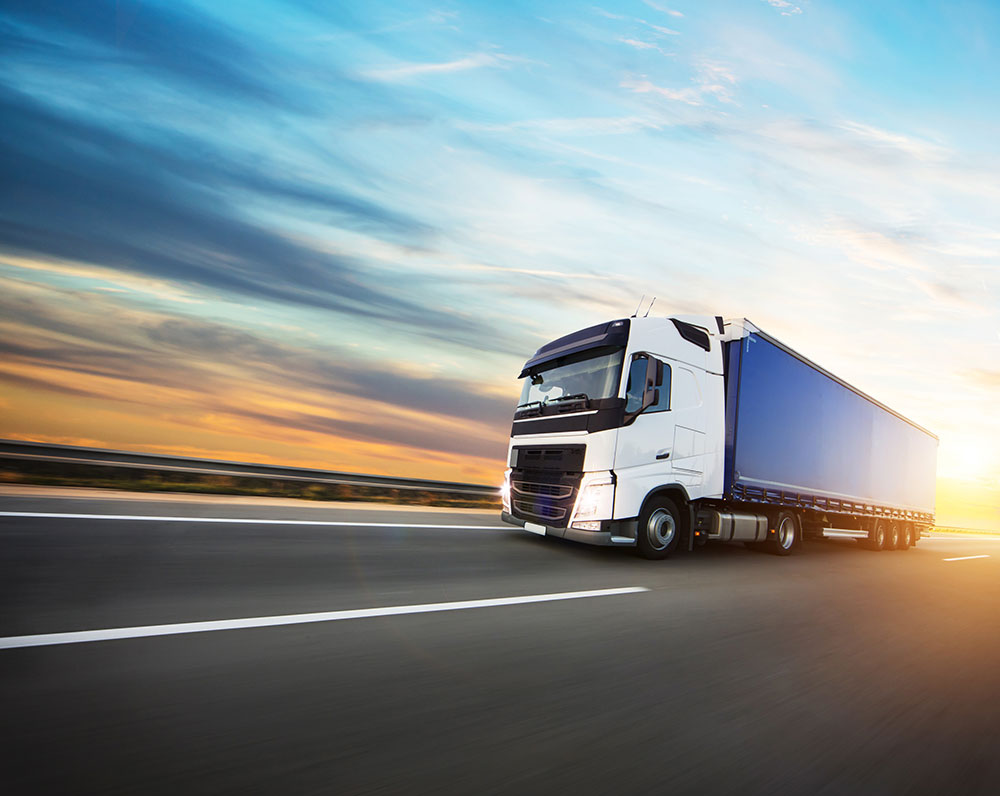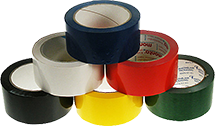In December 2020, the UK government set an ambitious new emissions target, for the UK to be net zero by 2050. And businesses will have to play their part. If you’re a quoted company, you’ll already have to report your greenhouse gas emissions and energy usage. So, we’d like to talk about transport…
Transport – costing your business and the environment
Perhaps one of the largest contributors to emissions in your business will be the transport you’re using to move and deliver your goods.
We consider transport one of the six hidden costs of packaging (see the other five here). If your packaging isn’t fit for purpose, it can have a significant knock-on effect that results in increased shipment weights, lower payloads and increased emissions.
Transform your transport costs and emissions with packaging
When used properly, well designed packaging can help you transform your transport costs and lower emissions. Here are four ways to approach your packaging with this in mind…
-
Evaluate your box size & material
Using an optimised box that’s lighter and well designed can reduce waste, pack weight and ultimately emissions.
For example, if your boxes are slightly too big, you’ll get less on a pallet and additional transport will be needed to deliver them – creating unwarranted emissions. You’d also need to account for extra space in the box with void fill or cushioning, which could drive up your costs.
The weight of your packaging material can also have an impact. Advancements in cardboard development now mean some single wall grades are as strong as their double wall counterparts. This presents an opportunity to reduce your overall pack weight and size, without compromising protection.
-
Assess your pallet payloads
Do your pallet plans stack up? Well-designed solutions can help you plan your pallets & transport more effectively, further diminishing your carbon footprint.
Optimising your packing materials and the way in which you load your pallets can result in shifting more stock in fewer vehicles AND a reduced number of journeys.
If you’re wrapping your pallets, you could also review your stretch film to reduce the total pallet weight even more. Correctly applied performance films can cut costs by up to 50% as well as significantly reduce your shipment weight and the amount of plastic you’re using. Click here to learn more.
-
Consider overall shipping weight
Whilst your product will dictate a large portion of your total shipment weight, looking at alternatives to all your current packaging could help you make further weight reductions…
- Could you swap timber crates or pallets for corrugated alternatives?
- Do you need the current amount of in-box packaging you’re using? Is there a lighter option?
- Could you reduce the weight or amount of sealing products (like tape and strapping) that you use?
-
Reduce emissions by cutting damages
If you’re often seeing your goods damaged in transit, this has an environmental implication as well as a financial one. Not to mention the impact on your reputation and customer experience.
Every time a damaged item is returned to you the carbon cost of the transaction doubles. Fit for purpose packaging will help negate this and lower your greenhouse emissions.
We’re working with customers every day to help them tackle the hidden costs of packaging. For support transforming your transport costs and emissions, email contact@networkpackco.uk and for a packaging review.











